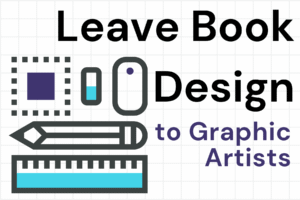A Real “Do Not Call” List
When it comes to humorous moments in the current presidential campaign—and heaven knows we all need some chuckles—none is better than the story that broke in mid-August about Tim Walz.

Seems the Minnesota governor missed the initial contact from presidential candidate Kamala Harris because he didn’t recognize the number flashing on caller ID.
While I heard about it through a Time magazine daily dispatch, in true 21st century fashion the video clip about it appeared on TikTok.
“I called you, Tim,” Harris told Walz. “You didn’t answer, Tim.”
“I know, I know,” Walz replied. “The most important call of my life. It popped up, and we didn’t recognize the caller ID and it went to voicemail.”
I laughed out loud when I read about the incident, which by now has probably had a zillion views around the planet.
People Can Relate
Most people can relate. In a world awash with scammers, telemarketers, and other unwanted intruders, who hasn’t let a call go to voicemail because they didn’t recognize the number?
I have done it when failing to recognize a relative’s identity. Or worse, with someone I planned to interview for a story. In latter cases, I call back immediately with an apology. Everyone understands.
I have a rather fractured history with caller ID. When whatever company it was in ages past first offered it, I scoffed. Didn’t think I needed it and didn’t want to pay for it.
That I wound up with it came through a fortuitous route. It happened after the long-distance reimbursements I used to get on various assignments started to fade.
That meant I couldn’t meet my $25 a month obligation to my long-distance carrier in order to get a reduced rate.
Finally, I checked with the phone company to ask what a flat-rate calling plan for all of North America would cost. It was only $13 a month more. Plus, I could stop keeping long-distance logs.
Loving Caller ID
One of the features that came with the flat-rate plan was caller ID. Until I had it, I didn’t know how much I would love it.
 Now, I had signed up more than 20 years ago for a no-call list in Kentucky, which beat the Uncle Sam to the punch. Later, I signed up for the lists managed by the Federal Trade Commission.
Now, I had signed up more than 20 years ago for a no-call list in Kentucky, which beat the Uncle Sam to the punch. Later, I signed up for the lists managed by the Federal Trade Commission.
When we moved to West Virginia, I neglected to register our new number with the FTC. The day after we arrived, we were putting away odds and ends from our moving truck. An hour after the company switched on the phone, we got a call from a telemarketer.
We were staying at a daughter’s home for one more night, since our grandson and his friend still had to unload our furniture and appliances. I got online that evening and registered with the FTC.
How many people know the “do not call” lists are as effective as bug spray in the Amazon jungle? There are so many exemptions, including politicians (whom I generally do not want to hear from), nonprofits, and folks you have done business with, you could drive a semi-truck through the holes.
Coming Through
That’s why I was so happy when I obtained caller ID. If I didn’t recognize the number or things like “caller unknown” popped up, forget it. I wasn’t answering.
Some numbers I assume originated with automated dialers would show up daily for two or three weeks before they stopped.
The volume of repeats seems to have declined lately, though. Maybe by ignoring scammers enough I’ve made it onto a real “do not call” list.



